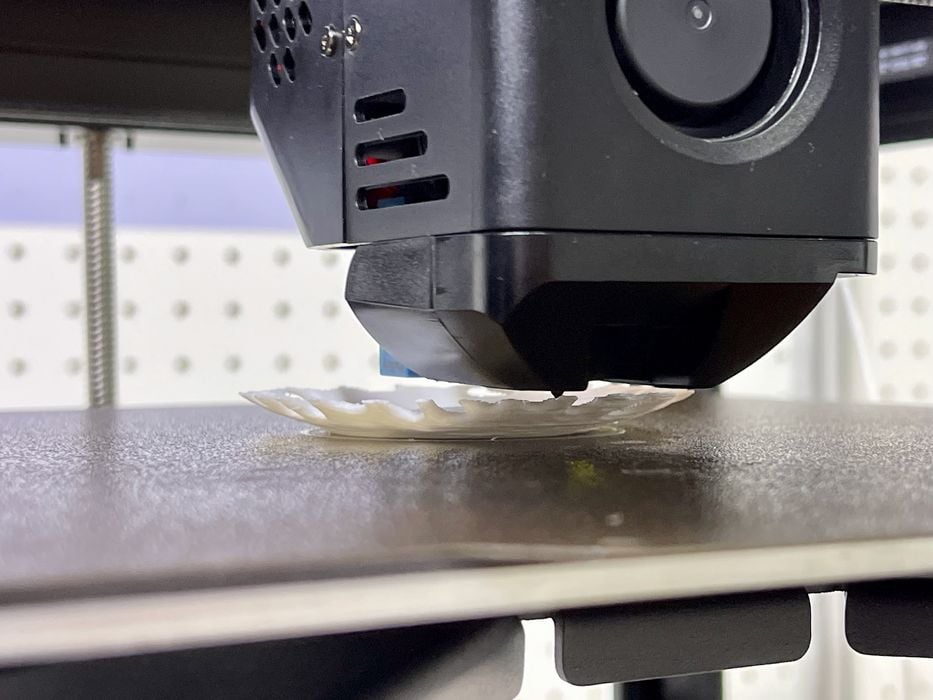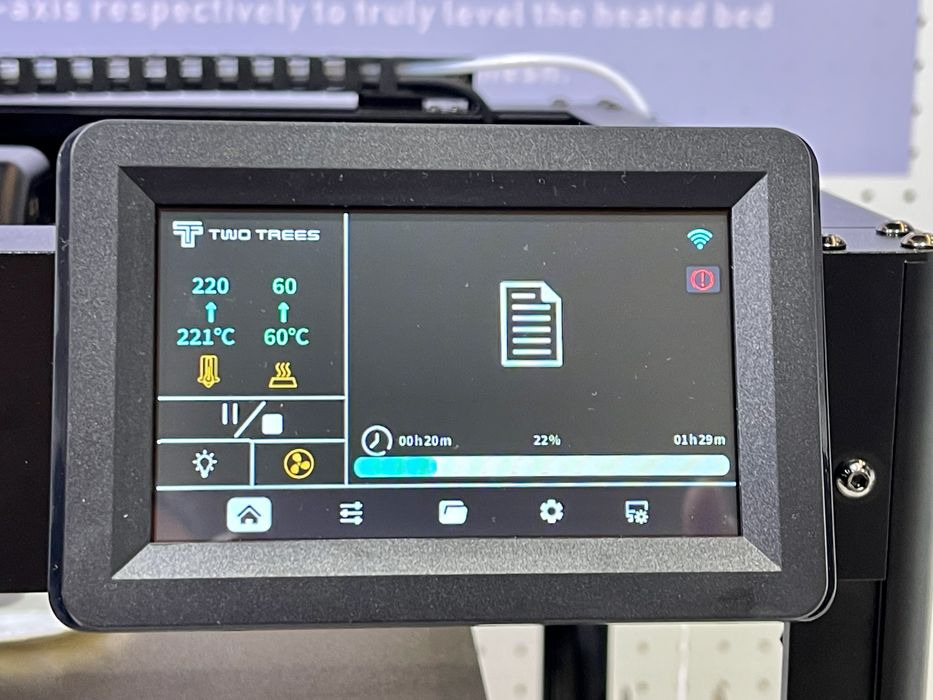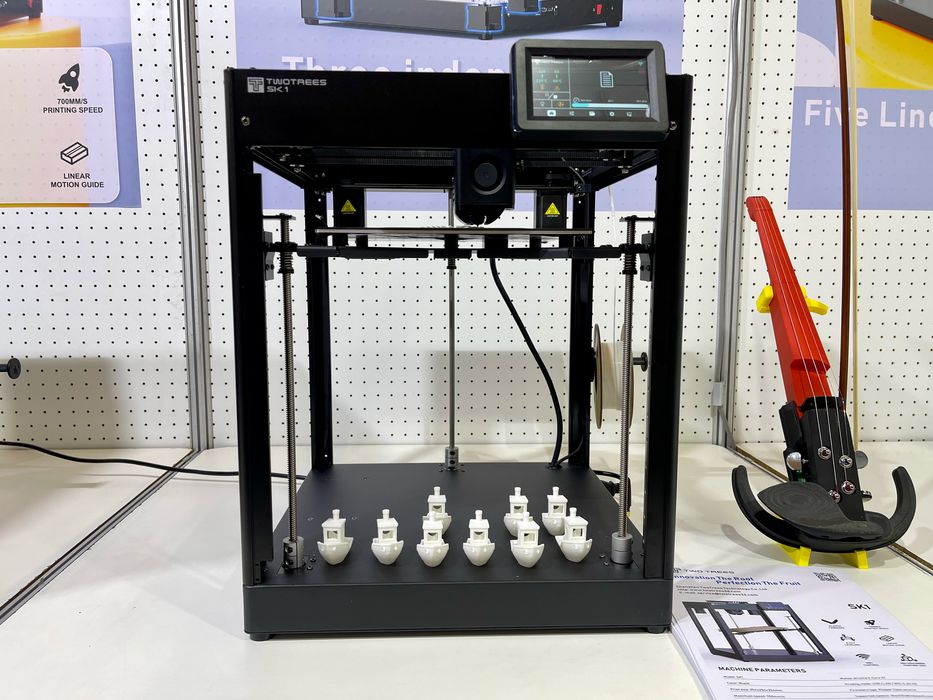
Two Trees showed us their latest desktop 3D printer, the high speed SK1, and it has a very unusual feature.
Two Trees, based in Shenzhen, started up back in 2016, and in 2020 released their first 3D printer to the market. In 2022 they released their first desktop CNC machine. Today they offer a variety of desktop products, including 3D printers, CNC routers, and laser engravers.
Their latest 3D printer is the SK1. It’s a high speed, single-nozzle CoreXY FFF device with a number of interesting features.
The device has a generous build volume of 256 x 256 x 256 mm, a dual-gear direct drive 1.75mm filament extruder and a robust metal frame. There’s also an optional enclosure kit to help capture heat from the print plate and prevent drafts. The hot end can reach up to 300C, enabling the use of engineering materials.
There’s also a WiFi connection that, with their software tools, can be used to remotely control and monitor the SK1. The device also has an 8GB on board storage capacity for repeat jobs.

The touchscreen is quite impressive, and although we did not test this machine, it appeared to be very functional.
Then things get more interesting. The SK1 uses Klipper firmware, enabling high speed operations. This is complemented by the CoreXY motion system and the use of linear rails for rapid movements.
Two Trees said the machine is capable of 3D Printing at 700mm/s, but recommends a maximum practical speed of 300mm/s. Acceleration is listed at up to 20,000mm/s/s, and the flow rate of the system is 32 cubic mm per second. Basically, they can print the SpeedBoatRace #3DBenchy in only 16 minutes.
The high speed action is dependent on proper calibration, which is done entirely automatically by the SK1. This includes flow calibration, vibration compensation and vibration pattern optimization. They mention “AI Tuning”, but I’m not exactly sure how that works.

Another very interesting feature is the leveling process. Two Trees explained that their “aZ-Tilt auto-leveling” feature is the first one on the market. Here’s how it works:
“The heated bed is tilted to leveling by three Z-axis motors, and 36-dot ABL secondary compensations are also available. There is no need for hand leveling.”
This is indeed interesting, as it seems to be the first instance of a motorized print plate we’ve seen in any desktop 3D printer.
The SK1 is now available at a price of US$559, which seems to be a good price for such a well featured device.
Via Two Trees
